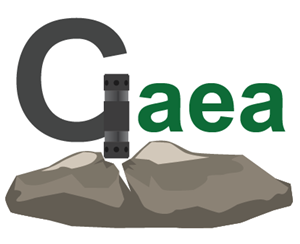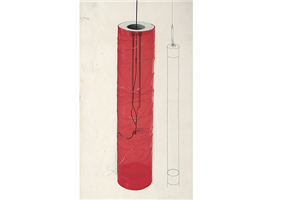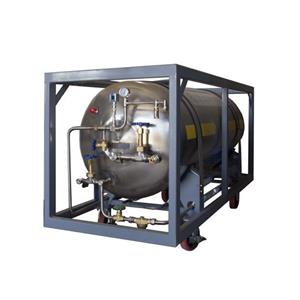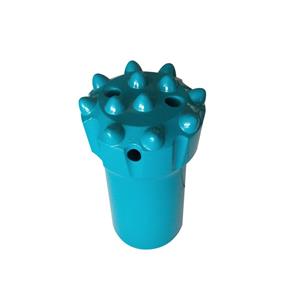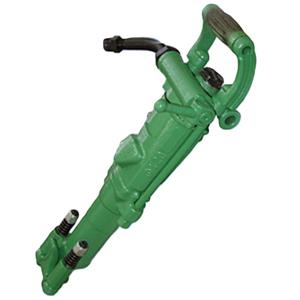Mining Geological Technical Regulations
1 General Provisions
(1) Mine geology encompasses all geological work conducted to ensure and develop mine.
This includes various tasks from the geological exploration of ore deposits to mine design, infrastructure construction, production, and up to mine closure, all falling within the scope of mine geological work.
(2) It is essential to establish geological institutions that align with production needs, equipped with sufficient personnel, instruments, and equipment to ensure the completion of mine geological tasks.
(3) A funding system must be established to guarantee "geological prospecting and exploration" expenses, including mine production exploration funds. This ensures that mine geological exploration work always stays ahead of mining operations, providing reliable resource bases for normal mine and concentrator operations, design, and production organization.
(4) Based on mine requirements and in combination with ore deposit formation conditions, planned prospecting and exploration should be conducted on the periphery, deep parts, and surrounding areas of the mining district. This aims to enhance the exploration level of known ore bodies and provide the industrial ore quantities needed for production.
(5) Mine geological personnel should diligently perform routine tasks such as geological logging and sampling, continuously supplementing and improving mine geological data to provide accurate geological bases for mining (and stripping) production.
(6) Mine geological personnel should participate in mine production and construction planning, mine mining (and stripping) technical plans, and the preparation and review of engineering designs.
(7) Mine geological staff should proactively and voluntarily learn professional techniques, improve the technical level of geological work, research and promote new technologies, methods, and tools, and advance the modernization of mine geological work.

2 Work Responsibility, Attitude, and Spirit
(1) Mine geology is a demanding profession that requires comprehensive professional knowledge and a strong sense of responsibility. It demands mutual collaboration and independent work. Engaging in geological work necessitates solid learning of professional knowledge, a willingness to endure hardships, a passion for one's role, and a serious, meticulous work attitude.
(2) The accuracy and reliability of geological work, along with the degree of seriousness and attention to detail, will directly impact mine investments, economic benefits, or the safety of mine production management.
(3) Those engaged in mine geological management must possess a strong sense of mission and responsibility. In their work, they should not fear hardships, be serious and meticulous, produce highly credible results, and ensure accurate and reliable data. They must take full responsibility for their work outcomes.
3 Mine Exploration
(1) Division and Requirements of Mine Exploration Work: ① Mine exploration work is divided into three categories based on purpose and scope: geological exploration, infrastructure exploration, and production exploration. ② Mine geological exploration refers to exploration work on ore deposits that have been confirmed to have industrial value through detailed investigation and are planned for near-term mining utilization, or prospecting and exploration work in mining districts to expand production capacity for existing mines. ③ Mine infrastructure exploration. ④ Mine production exploration is prospecting work conducted to ensure balanced and normal mine production, improve the exploration level of ore deposits, increase industrial reserves, and study the geological characteristics of ore deposits (bodies).
(2) Design Preparation and Approval ① Mine exploration and design preparation should follow the following principles: a. The entire mine production process should integrate exploration with mining. Data obtained from geological exploration must meet the needs of new construction, reconstruction, or expansion projects; data from production exploration should satisfy pre-production needs after mine commissioning; and data from production exploration must meet the needs and construction requirements for development, preparation, and stoping work. b. Based on the requirements for geological data in different exploration and production stages of the mine and various mining methods, the focus of geological work should be differentiated accordingly. c. Building on existing geological data and guided by mineralization patterns, appropriate exploration methods should be adopted according to local conditions, promoting new technologies and methods, and selecting schemes that are low-investment, effective, and reliable. ② Mine exploration design preparation should include the following contents: a. Design specification document. b. Design drawings: Design drawings should be prepared based on the latest geological data, with scales determined by the ore deposit size, generally 1:2000 to 1:5000. Main drawings include: mining district or ore deposit topographic geological map, level (bench) or section geological plan, geological cross-section map, and ore body longitudinal projection map. c. Design tables: Mainly including the exploration design engineering quantity summary table, exploration engineering design detail table, engineering construction sequence table, expected reserves table, and engineering cost table. ③ Approval of mine exploration designs should comply with the following regulations: a. Geological exploration and infrastructure exploration designs are jointly prepared by the mine and its affiliated or tasked geological team, and submitted to superior departments for approval. b. Production exploration designs are generally prepared alongside the mine's annual mining (and stripping) technical plan and submitted to superior competent authorities for approval. c. Individual exploration project designs are approved by the unit's chief engineer. d. Major engineering design modifications require approval from the original approving unit; general design modifications are approved by the unit's chief engineer and filed with the original approving unit.

